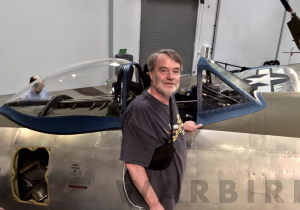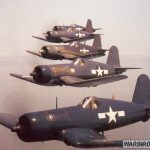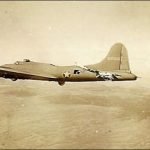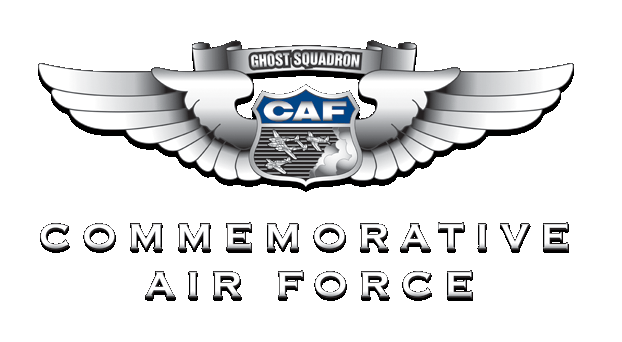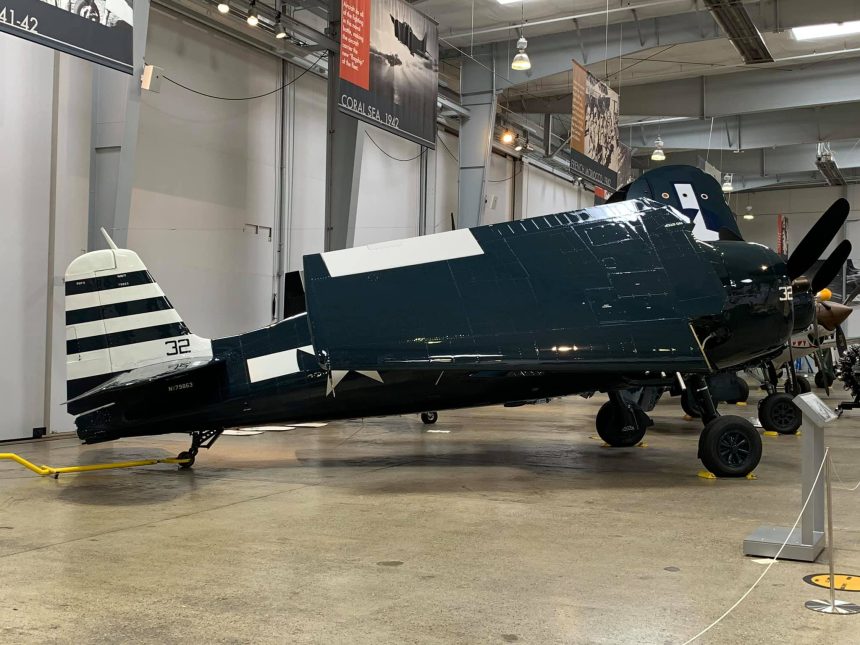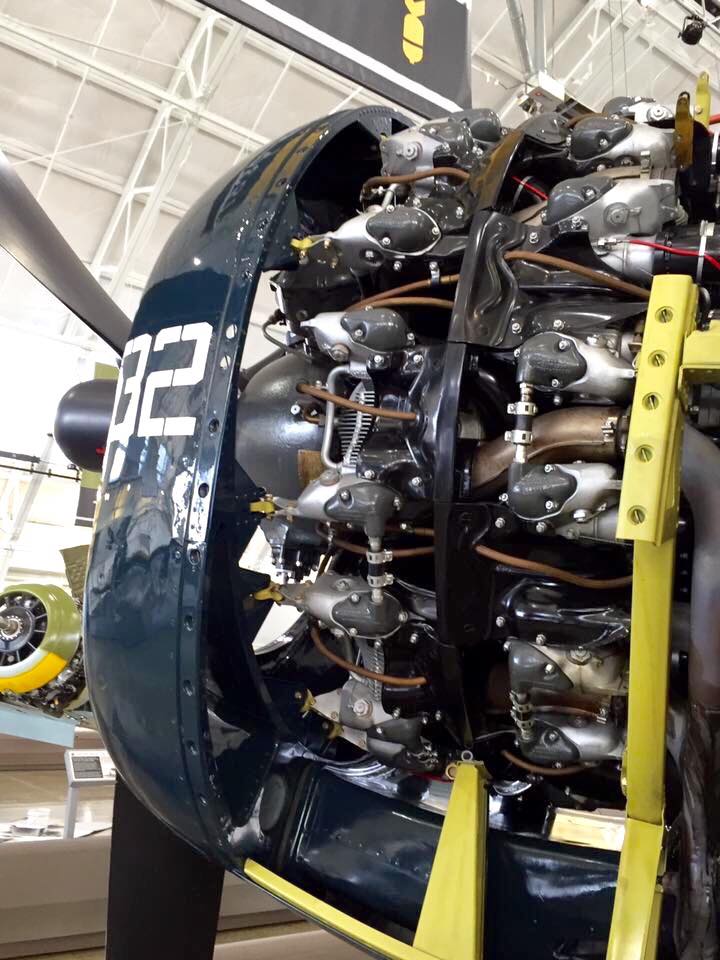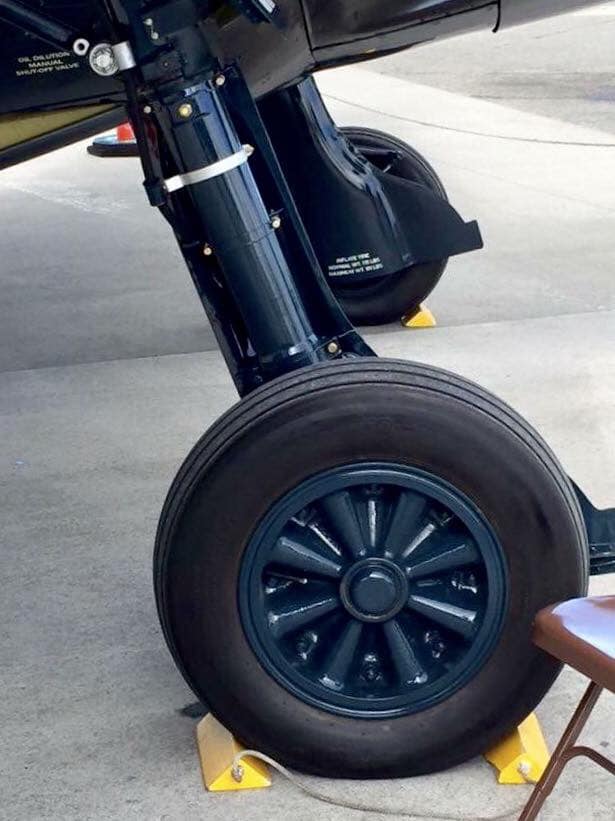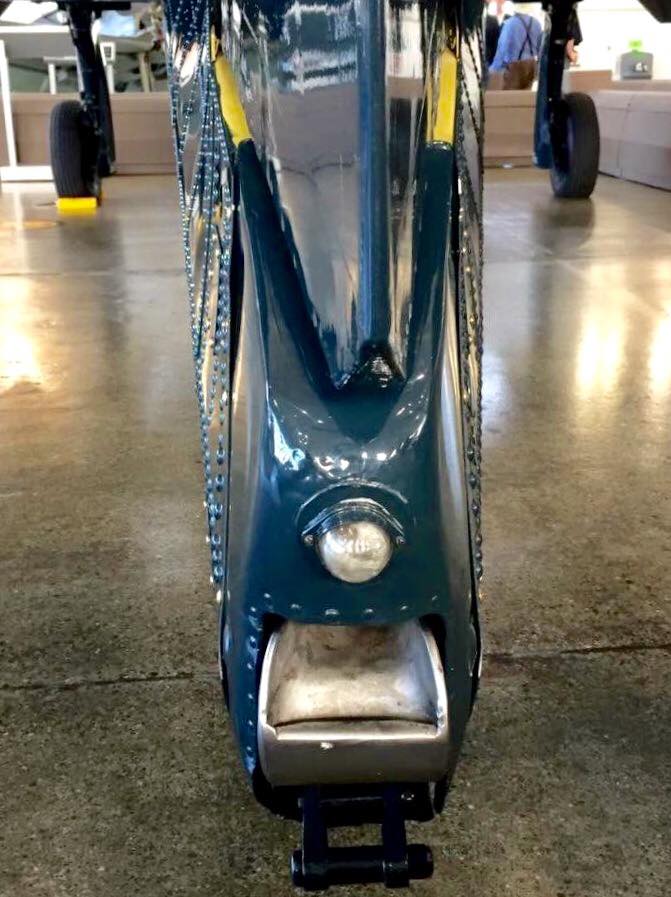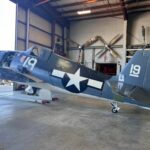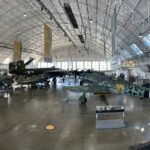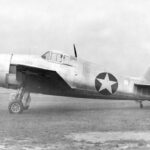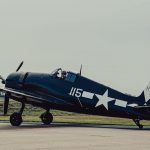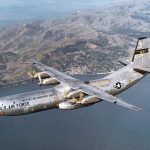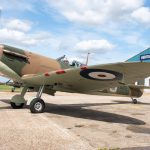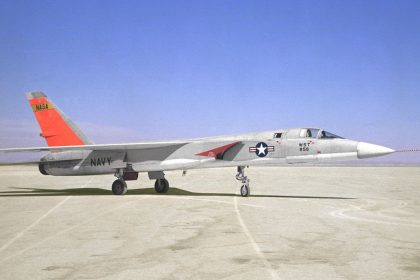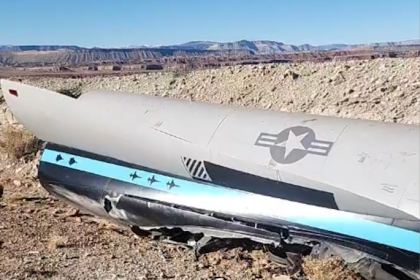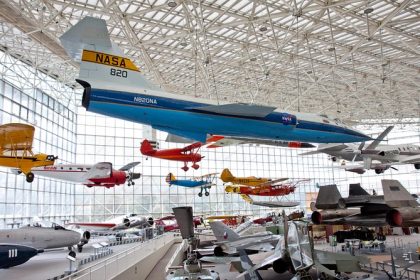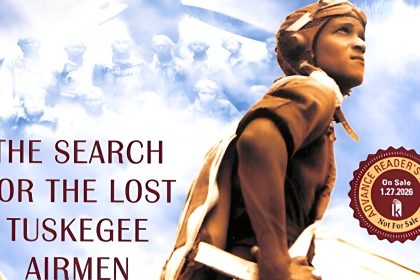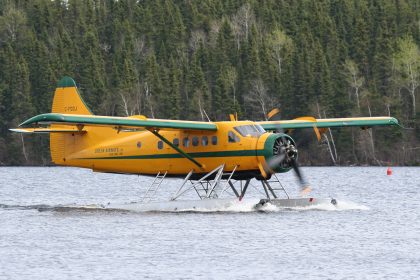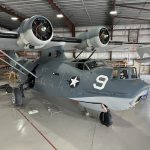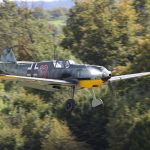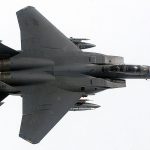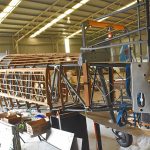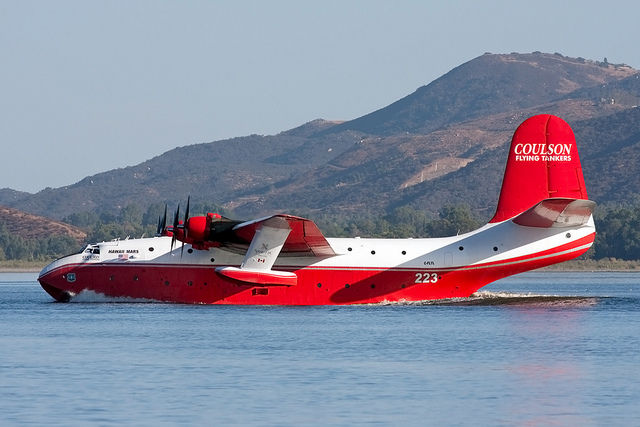By Randy Malmstrom
Since his childhood, Randy Malmstrom has had a passion for aviation history and historic military aircraft in particular. He has a particular penchant for documenting specific airframes with a highly detailed series of walk-around images and an in-depth exploration of their history, which have proved to be popular with many of those who have seen them, and we thought our readers would be equally fascinated too. This installment of Randy’s Warbird Profiles takes a look at the Flying Heritage & Combat Armor Museum‘s Grumman F6F-5 Hellcat.
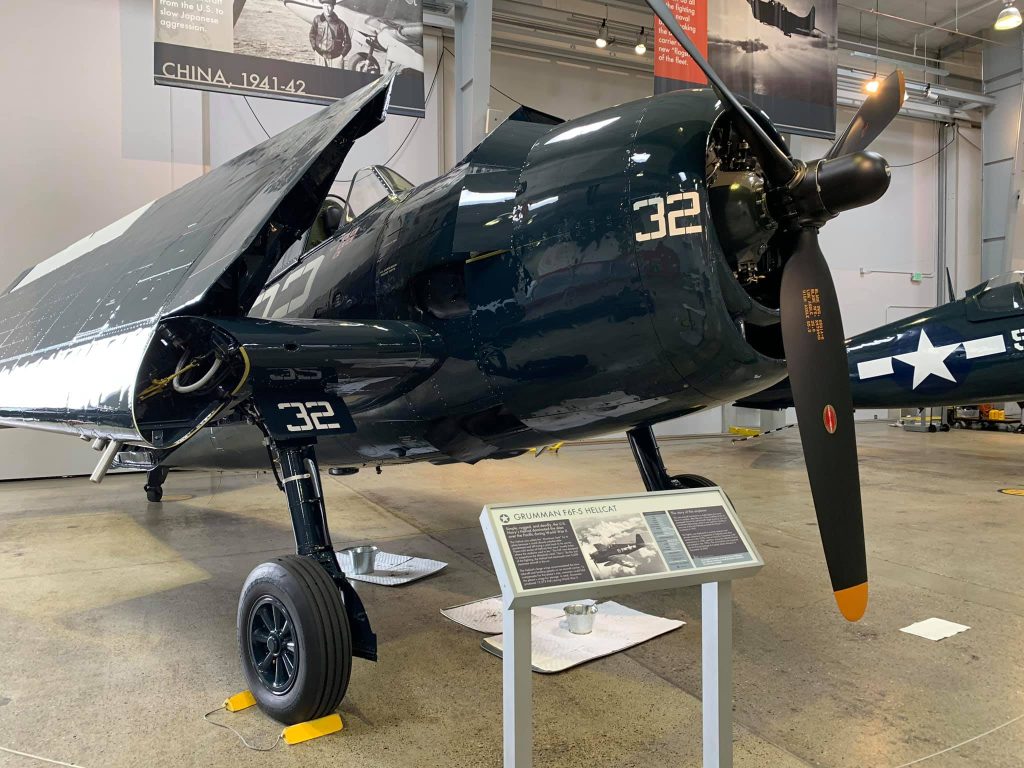
Grumman F6F-5 Hellcat, Bu.No. 79863, N79863. This particular aircraft was built as an F6F-5N night-fighter in Bethpage, New York and was delivered to the U.S. Navy on May 17, 1945. It then served as part of Carrier Aircraft Service Unit 1 at Pearl Harbor, Hawaii; then Naval Air Station Alameda, California; and flew as a trainer and a drone. It was recovered from Naval Ordinance Test Station, China Lake, California.
It was restored to its present condition between 2011-13. Steve Hinton first flew it as it appears now on March 27, 2013 was flying out of Flying Heritage & Combat Armor Museum (FHCAM) on Paine Field, Everett, Washington. As is now known, FHCAM was acquired by Walmart heir Steuart Walton’s Wartime History Museum, a newly created nonprofit, to operate from the same location.
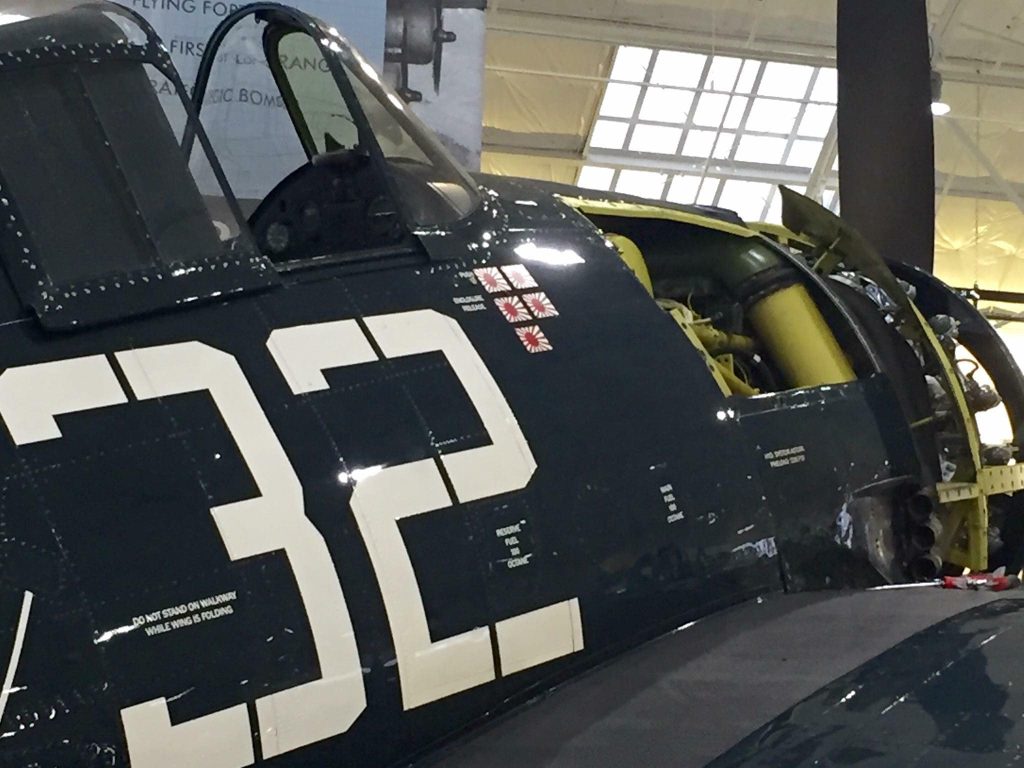
It is painted as #32 of Lt. Reuben H. Denoff, who flew in North Africa and then with VF-9 and then with VF-12 aboard USS Randolph (CV-15) with the distinctive white-striped tailfin “G-Symbols” (geometric shapes) such as were used by the U.S. Navy to distinguish aircraft on each carrier.
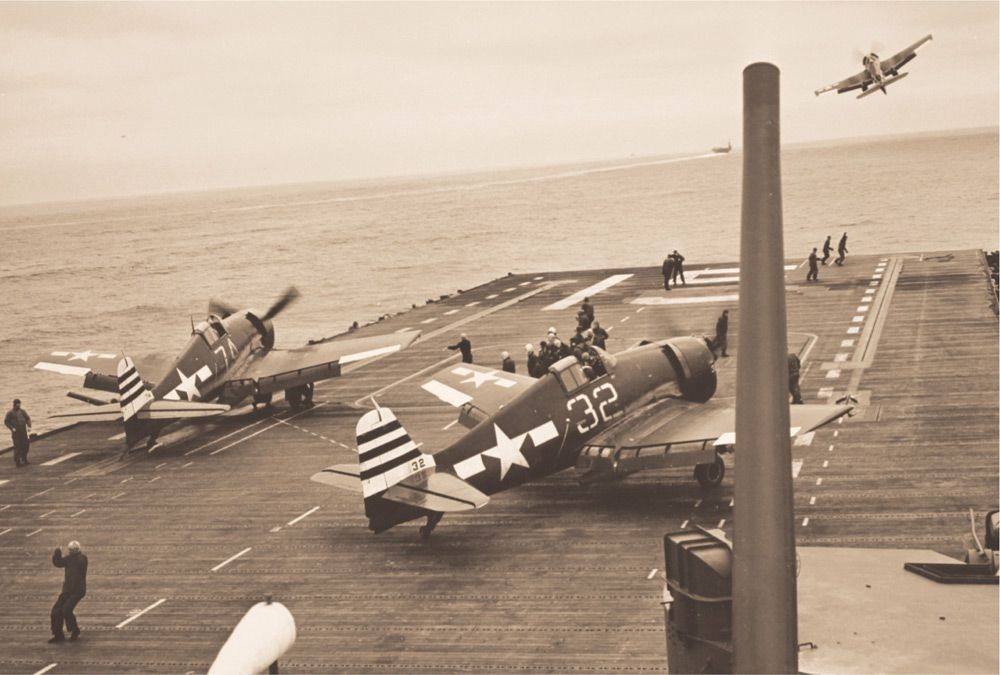
Hellcats appeared in October 1942 and were nicknamed the “Aluminum Tank”. The U.S. Navy had specified a survivability of a carrier landing of 19 feet per second. Powered by a Pratt & Whitney R-2800 Double Wasp 18-cylinder radial engine. You can see the propeller governor with its speeder spring atop the engine case which is pilot-controlled with the propeller control lever (as with the P-47, it controls the blade pitch to maintain a constant rpm speed).
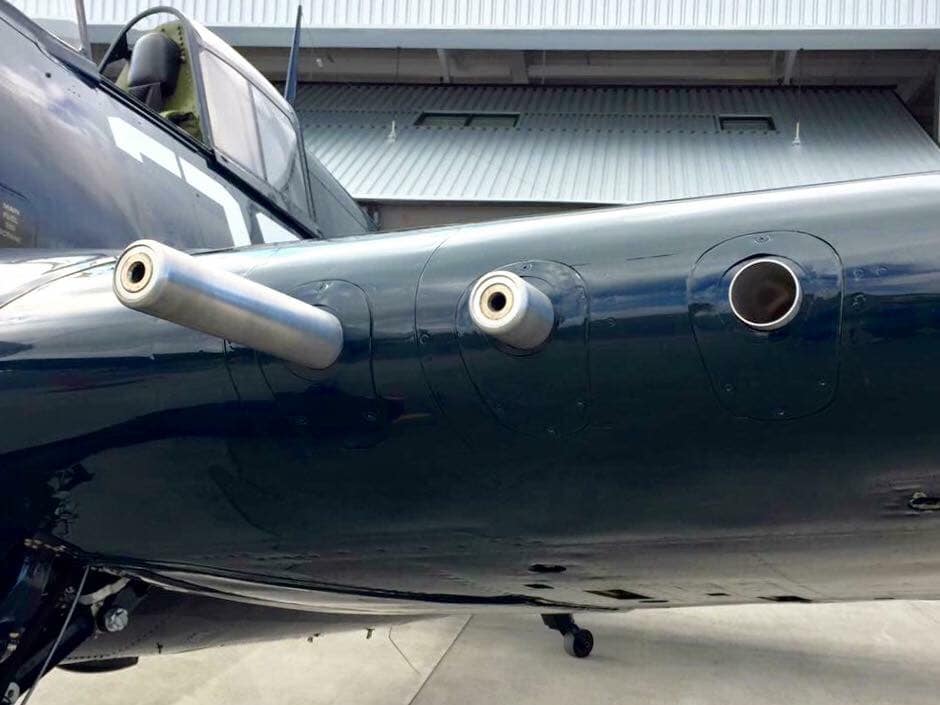
Armed with three Browning .50 cal. machine guns in each wing (each weighing about 83 lbs.) and can carry six 5-inch HVAR rockets and up to 4,000 lbs. of bombs on wing hardpoints. Leroy Grumman pondered how to make more room on the hangar decks with folding wings and took an eraser and two paper clips and showed the engineers what he had in mind in what became the “Sto-Wing” design for the Wildcat, Avenger and Hellcat.
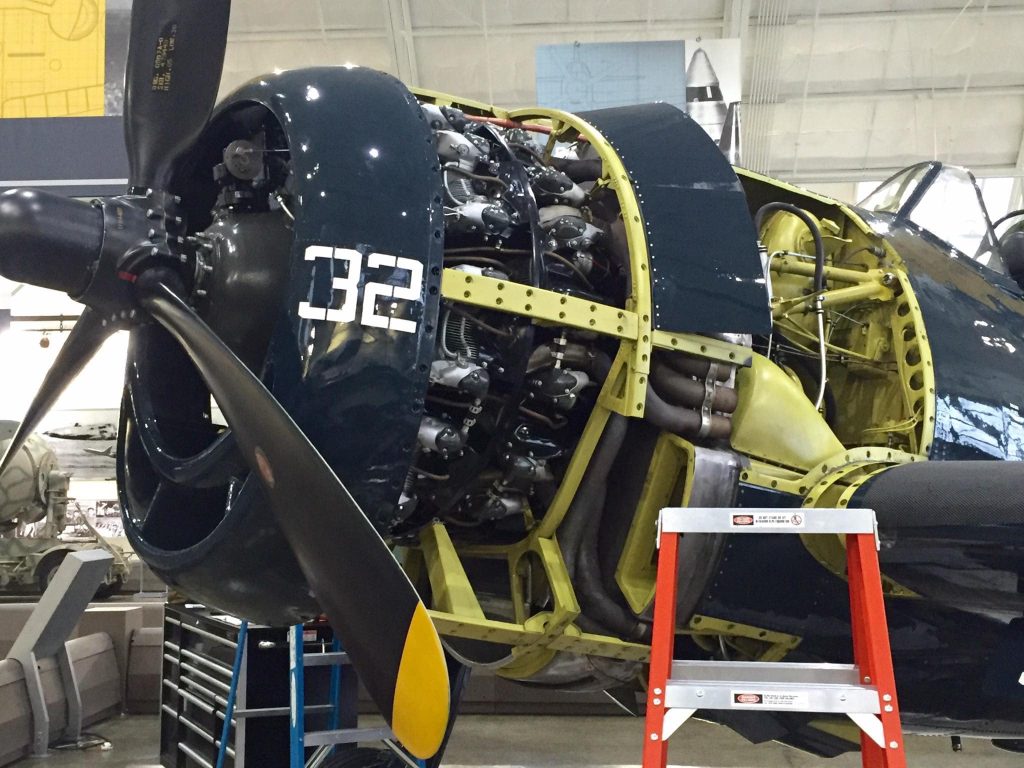
About the author
